Podcast: Play in new window | Download
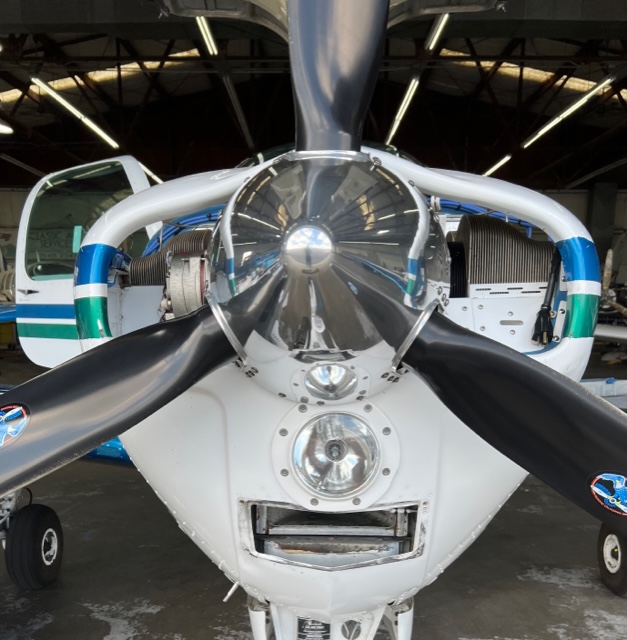
This Bonanza had a problem in the landing light wiring circuit. All kinds of weird things were happening when the light was turned on in flight. You can listen to the podcast audio for more details on this squawk.
I removed the induction filter cover and the landing light assembly and inspected the wiring.
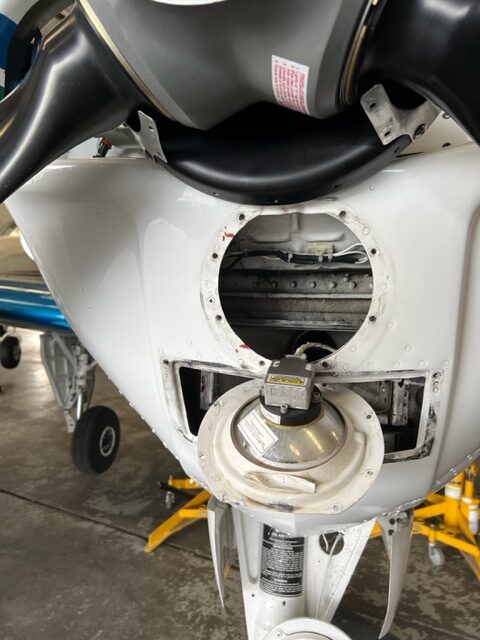
It turned out the landing light power and ground wires were chafing against each other… probably over a very long period of time. Take a look at the area of concern in the red circle on the following photo:

At first glance, it wasn’t visually obvious there was a problem.

But after separating the power and ground wires, it became very clear what was happening. As the internal strands of the power and ground wires began to just barely make contact with each other, the short-to-ground situation started wreaking havoc in the electrical system. The following photo shows the areas where the insulation was worn all the way through to the internal wire:
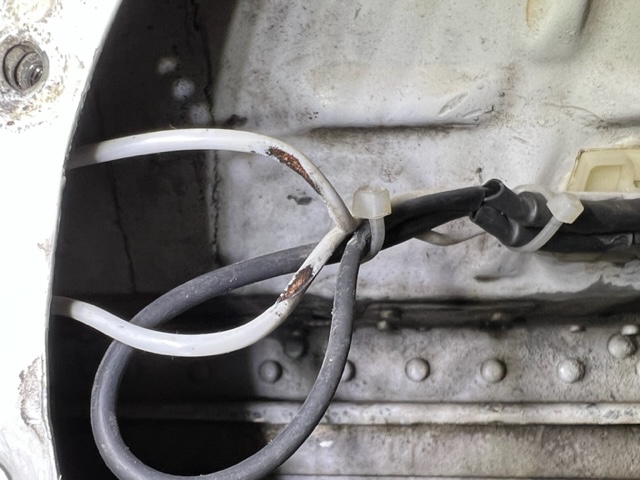
Sometimes there was static over the comm radio, sometimes the TCAS and intercom would cycle power off and back on, and sometimes the landing light circuit breaker switch would flip off.
I repaired the wiring and secured it really well with ty-wraps and silicone to prevent further chafing. Now Brad will be able to use his landing light any time he wants and be confident it will perform normally.
Vibration from piston engines can create some bad situations! It’s always a good idea to take an extra minute or two to look around the engine compartment whenever you’re in there, like at the oil change, or some other maintenance event, like cleaning spark plugs.
Another interesting squawk on this same Bonanza was a burning exhaust valve and corresponding low compression. The borescope revealed the classic appearance when the valve is not sealing well against the valve seat. Take a look:

I had lapped this valve at the last annual inspection and installed a new rotocoil to help ensure it would rotate properly, so when it still showed an appearance of a burning valve a year later, I figured we would likely need to remove the cylinder and send it for repair.
However, the Bonanza owner uses Savvy Aviation to manage his maintenance on the airplane, and the borescoping experts at Savvy thought it would be worth lapping the valve again to see if it could be saved.
I was happy to give it a second try. I lapped the valve heavily this time and finally, I was satisfied. I installed a new rotocoil again, and after running the engine, I rechecked the compression, and was super happy to see that it was 74/80!
I feel 90% confident that when the next annual inspection rolls around, this valve will have returned to a normal appearance. I’ll be curious to see how it turns out.
All in all, it was a good annual inspection, and Brad should be good to go for another year of flying!
The post “227 – Electrical Chaos When the Landing Light was Turned On” appeared first at AirplaneOwnerMaintenance.com
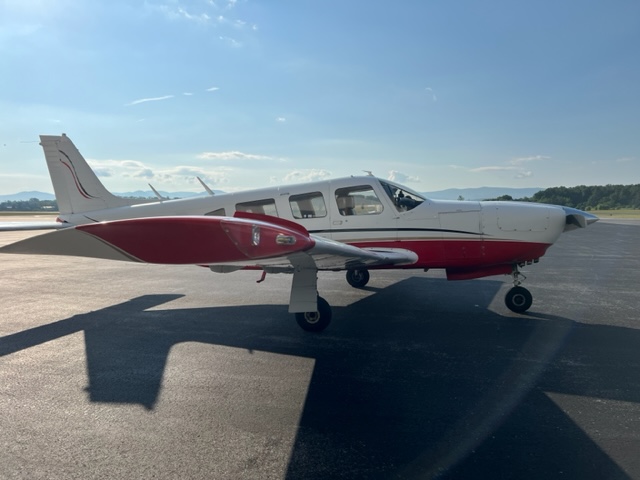
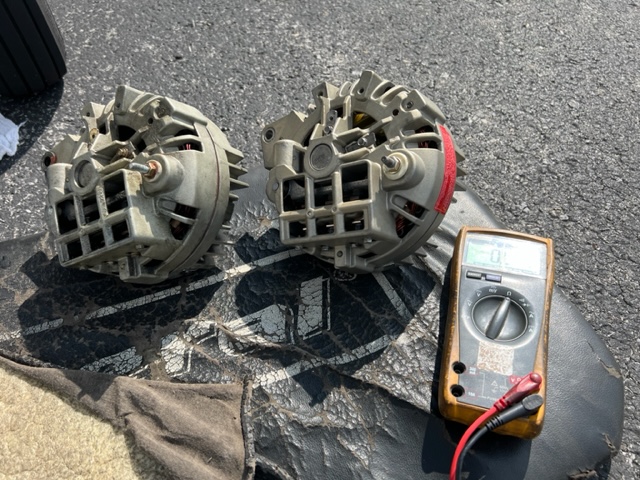
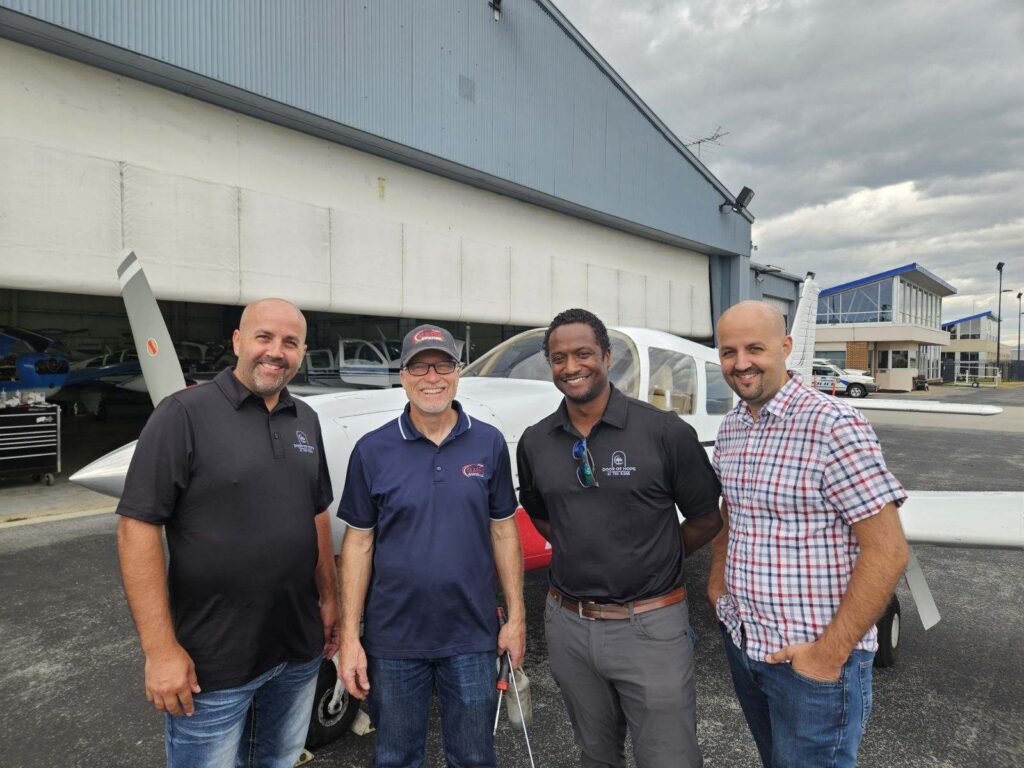

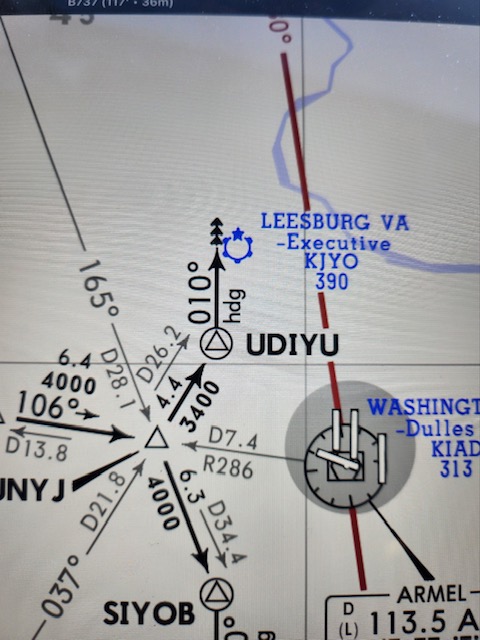






Recent Comments